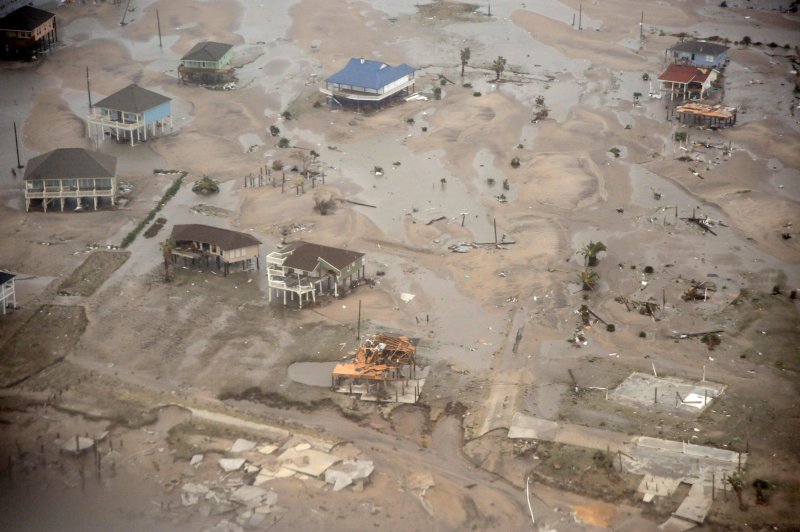GALVESTON, Texas, Dec. 9 (UPI) -- Hurricane Ike reconfirmed one Texas researcher's idea: Interfering with Galveston Island's natural elevation hurts the island's sand dunes and marsh flora.
"Ike reconfirmed the basic idea I've had for several years," Rusty Feagin, ecosystem scientist with Texas AgriLife Research at Texas A&M University, said in a news release. "The plants on sand dunes and in marshes build an island's elevation, so we shouldn't compromise that."















